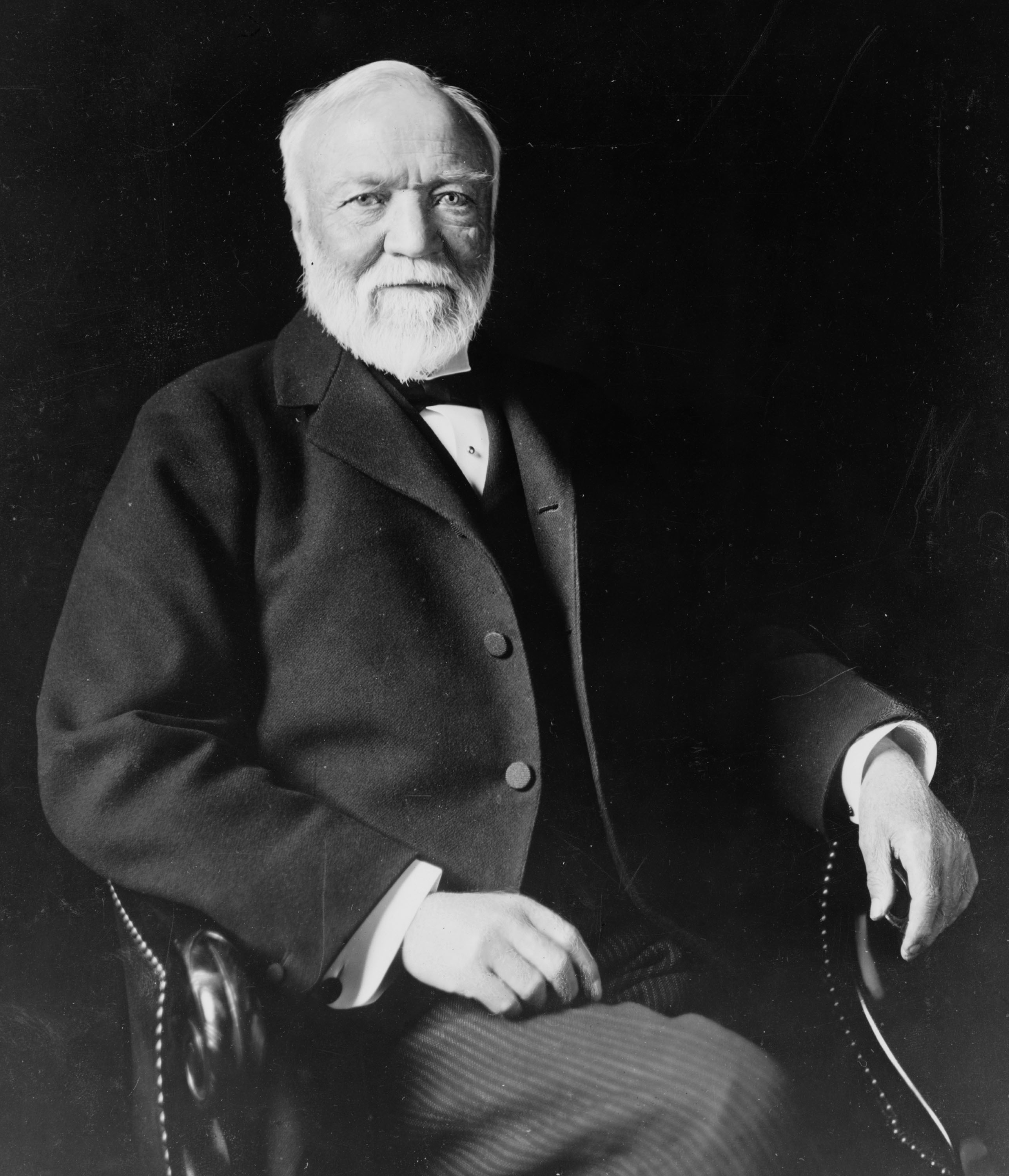This year, Carnegie Hall in New York City is celebrating its 125th anniversary.
This architecturally outstanding building has embraced a wealth of talented performers in its impressive past. To this day, the concert hall hosts a range of young stars and inspires musical and artistic discovery.
So, how did this famous hall get its start?
The building of Carnegie Hall was the realization of a dream of two friends. Conductor Walter Damrosch met the influential industrialist Andrew Carnegie on their journey to the United States. Upon setting down, Damrosch intended to build a new concert hall that would become a suitable home for his Symphony Society (considered “second-rate” compared to the high-caliber Philharmonic Society). The arts and music of turn-of-the-century America were thriving in such a way that their performances were outgrowing the spaces that they were offered to play in. Damrosch was desperate for a true concert hall for his performers.
Amidst the creative opportunity and economic growth of New York City, Damrosch’s dreams finally could be realized thanks to the tenacity of young Carnegie.
So, they found a plot of land in what was then “uptown” New York and started building.

The building was completed in the spring of 1891, showing off its beautiful Italian Renaissance–style façade of terra cotta and brick with a five-day opening festival headlined by Tchaikovsky. Even its first few years, Carnegie Hall welcomed some of the world’s greatest pianists. Some names are Sergei Rachmaninoff, Ignacy Jan Paderewsk, and Leopold Godowsky. The piano tradition is still a part of the hall today.
When orchestras began to tour in the early part of the twentieth century, stopping at Carnegie Hall became critical to asserting your reputation at home and across the country. Carnegie Hall has been a beloved venue for the world’s finest conductors. Arthur Nikisch, Gustav Mahler, Charles Munch, Leopold Stokowski, Fritz Reiner, and Bruno Walter have all graced the stage.
Throughout the twentieth century, Carnegie Hall was a public gathering place where citizens could gather to express themselves artistically and politically. Not only did it host great classical musical acts, but it honored great spokespeople: Margaret Sanger took the stage to lobby for birth control and Emmeline Pankhurst petitioned for women’s suffrage.
After Andrew Carnegie passed away, the fate of his hall was uncertain. While a few people speculated purchasing the building, it ultimately passed onto the city’s hands for $5 million and transitioned into a nonprofit. It is remarkable in its consistently in exposing a variety of genres to the public and especially in encouraging the imagination of young artists.
Join Jo-Michael Scheibe at Carnegie Hall this April for a performance of Solemn Vespers. Please find more information at Carnegie Hall’s website; Carnegie Hall History. Their site is a great resource for anyone learning more about its establishment!

